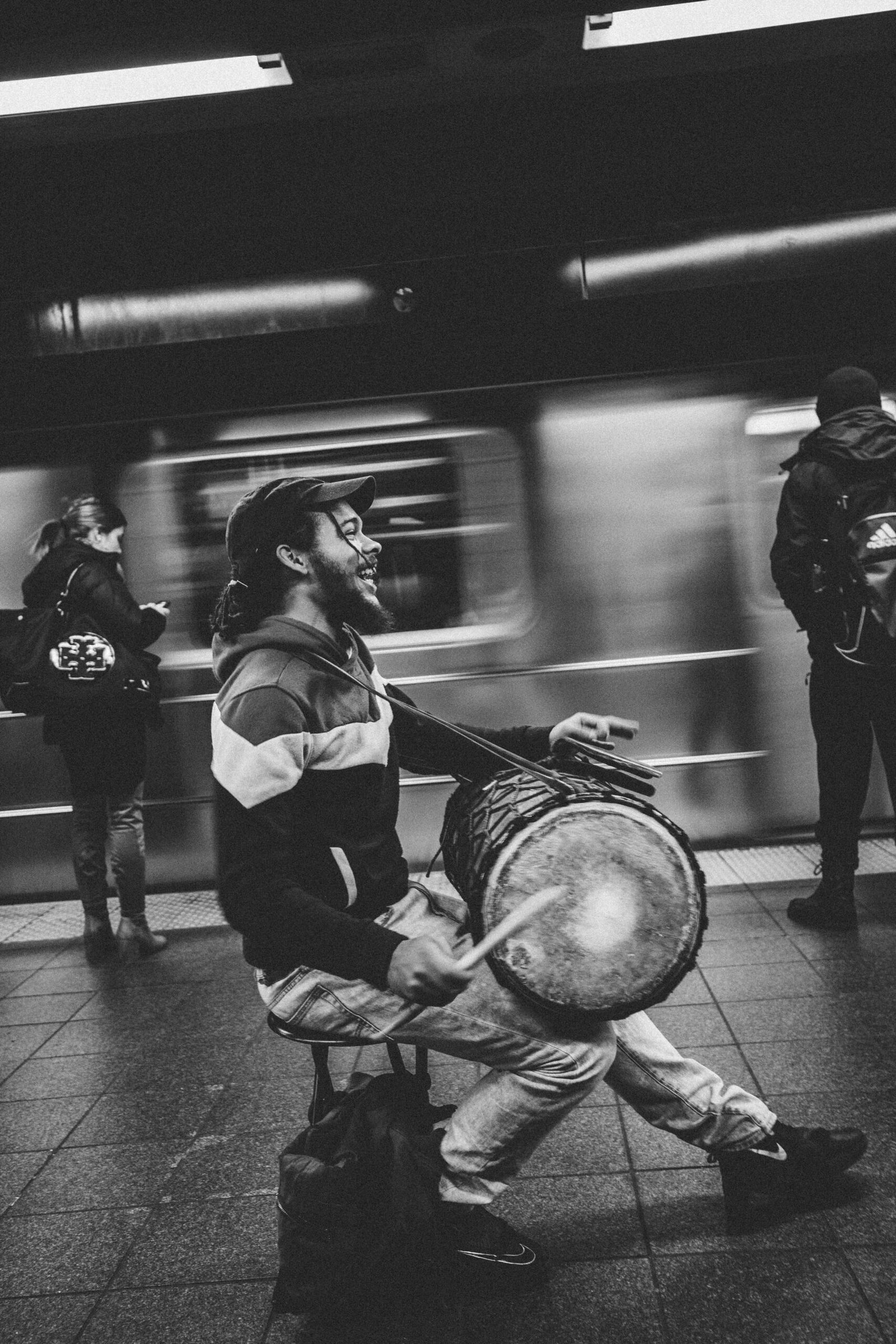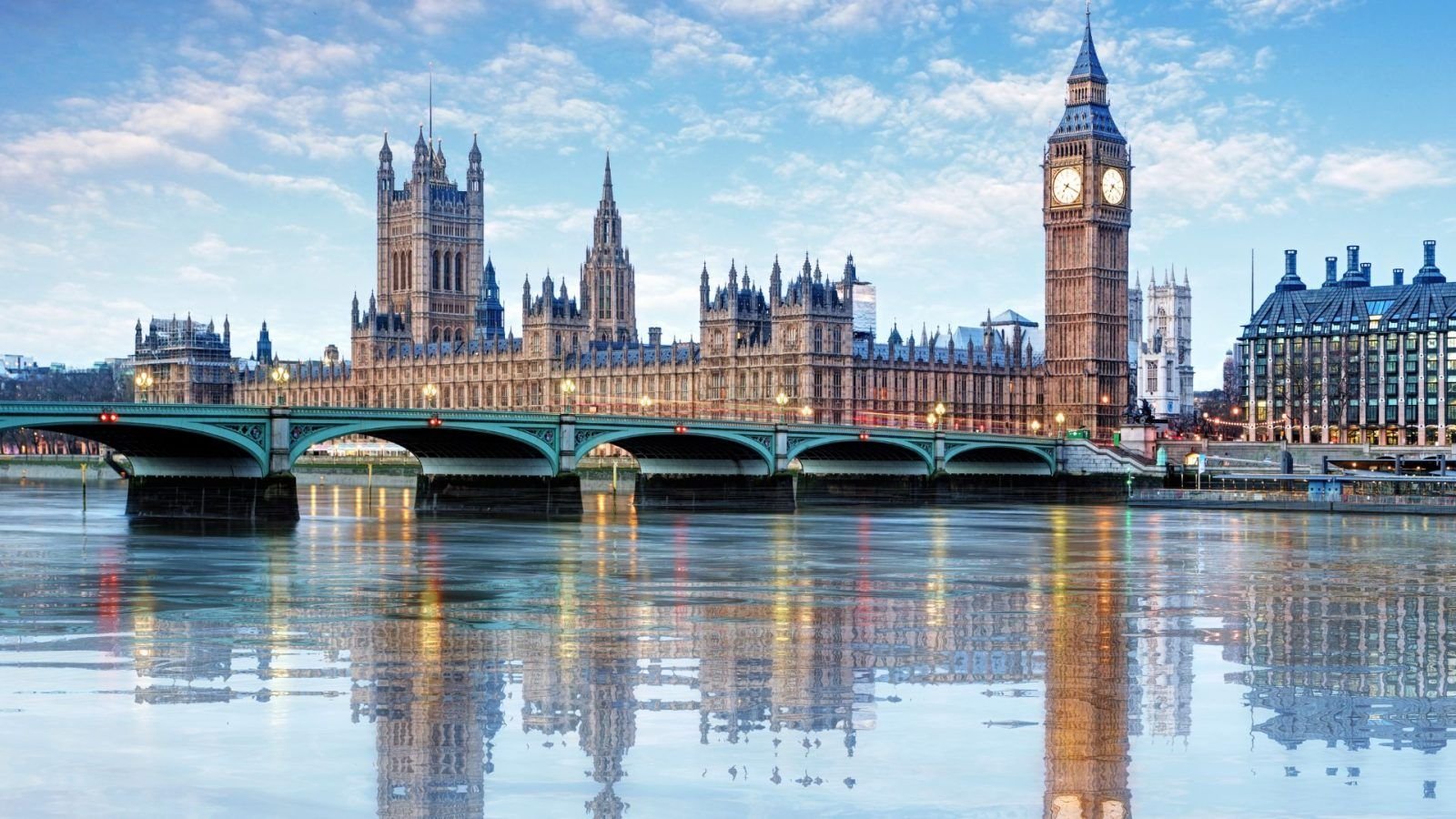Introduction to New York’s Underground Music Scene
The underground music scene in New York City has long served as a crucible for artistic innovation and cultural expression. Rooted in the rich tapestry of the city’s diverse neighborhoods, it has evolved significantly over the decades, reflecting the socio-political dynamics and creative impulses of its time. Emerging in the mid-20th century, this subculture found its voice amidst economic challenges and social upheaval, giving rise to genres such as punk, hip-hop, and noise music, each of which has had a profound impact on the broader musical landscape.
Historically, underground music in New York has provided a sanctuary for marginalized voices and avant-garde artists. Venues such as CBGB and The Bowery Ballroom became iconic, fostering a sense of community among musicians who sought to challenge the norms of mainstream music. As a result, these spaces not only nurtured local talent but also attracted international acts that would later achieve global prominence. The significance of these venues lies in their role as incubators for creative expression, allowing artists to explore new sounds and collaborate across genres.
In recent years, the underground music scene has continued to flourish, adapting to changes in technology and audience preferences. The proliferation of digital platforms has opened new avenues for artists to share their work, while also facilitating greater access for fans. As gentrification reshapes the neighborhoods of New York, however, the very essence of the underground scene faces challenges. It’s essential to recognize the resilience of this artistic movement, which continues to thrive in hidden corners of the city, evolving yet remaining true to its roots. The subsequent exploration of specific neighborhoods will highlight the locales where this vibrant subculture persists, enriching the cultural fabric of New York City.
The Bowery: A Historic Hub for Punk and Alternative Rock
The Bowery neighborhood in Manhattan is a cornerstone of the punk and alternative rock music scene, renowned for its rich history and cultural significance. In the 1970s and 1980s, it emerged as a vital hotspot for bands that defined the punk movement. One of the most iconic venues in the area is CBGB, which opened its doors in 1973. This small club became a launchpad for numerous legendary bands, including The Ramones, Talking Heads, and Blondie. The distinctive blend of punk rock, new wave, and alternative music that flourished within its walls solidified the Bowery’s reputation as a breeding ground for artistic innovation.
CBGB’s impact on the Bowery and the wider music landscape cannot be understated. It became synonymous with the punk rock aesthetic and lifestyle, offering a raw, unpolished space for musicians to express their frustrations and creativity. The venue’s influence extended beyond just music; it fostered a community of artists, providing a platform for experimentation and collaboration. Many bands that started in this neighborhood went on to achieve global acclaim, leaving an indelible mark on the music industry.
Even as the years have passed, the spirit of punk continues to thrive in the Bowery today. The neighborhood has undergone gentrification, with new venues and bars catering to a more diverse crowd, yet it still honors its rich musical heritage. Annual events, such as music festivals and tribute shows, draw fans and artists alike, celebrating the continuing evolution of alternative rock. From graffiti-covered walls echoing with the sounds of the past to modern establishments hosting up-and-coming bands, the Bowery remains a dynamic nexus for music enthusiasts and a testament to the enduring legacy of punk and alternative rock culture.
Williamsburg: The Epicenter of Indie and Experimental Sounds
Over the past two decades, Williamsburg has emerged as a significant hub for indie and experimental music, playing a crucial role in shaping the New York music scene. This Brooklyn neighborhood, once known primarily for its industrial landscape and warehouse spaces, has transformed into a vibrant community that attracts both budding artists and established acts. The juxtaposition of old and new architecture reflects the eclectic atmosphere, resonating with the diverse musical expressions found within its borders.
A multitude of venues are pivotal to Williamsburg’s reputation as a breeding ground for innovative sounds. Locations such as the iconic Music Hall of Williamsburg and the intimate Brooklyn Bowl regularly host performances that feature indie artists and experimental musicians. These venues not only provide platforms for emerging talent but also invite renowned acts, creating a rich tapestry of musical experiences for audiences. The combination of excellent acoustics and a passionate fan base fosters an environment where creativity thrives.
The community’s involvement in the indie music scene cannot be overstated. Local organizations and collectives actively collaborate to support musicians by organizing events, promoting shows, and offering resources that help nurture talent. This sense of camaraderie among artists and music lovers fosters collaboration, ultimately paving the way for the creation of fresh and innovative work. Additionally, the diverse demographics of Williamsburg contribute to a unique musical landscape, encouraging a fusion of styles and influences that continually redefines what indie music can be.
As more artists flock to Williamsburg in search of inspiration and support, the neighborhood maintains its reputation as a vital player in the underground music scene. The ongoing cultivation of talent, coupled with the community’s commitment to fostering artistic expression, ensures that Williamsburg will remain at the forefront of indie and experimental music for years to come.
Greenwich Village: The Birthplace of Folk and Jazz
Greenwich Village, often referred to simply as “The Village,” is an iconic neighborhood in New York City renowned for its rich cultural history and vibrant music scene. During the 20th century, it gained widespread recognition as the birthplace of modern folk and jazz music, serving as a crucial hub for many influential artists. The allure of this neighborhood lies not only in its picturesque cobblestone streets but also in the legends it produced, including Bob Dylan, Joan Baez, and Billie Holiday, who shaped the musical landscape of their time.
At the heart of Greenwich Village’s musical legacy is a plethora of iconic venues, with The Bitter End being one of the most notable. Established in 1961, this intimate club has hosted countless performances that have launched the careers of aspiring musicians. The Bitter End continues to resonate with visitors, offering a platform for both established acts and emerging talent. As patrons enjoy the sounds emanating from the stage, they become part of a continuing tradition that links the past with the present.
Greenwich Village’s influence on folk and jazz extends beyond individual artists and venues. The neighborhood has been a nurturing environment for creativity, fostering a sense of community among musicians and artists alike. This collaborative spirit has inspired subsequent generations to explore the genres that once thrived in the Village. Many local initiatives and festivals echo the groundbreaking work of past musicians, emphasizing the timeless nature of these musical styles. As a result, Greenwich Village remains a vital part of New York’s cultural fabric, encouraging the discovery and appreciation of folk and jazz music by both locals and tourists.
East Village: A Diverse Melting Pot of Genres
The East Village, known for its vibrant cultural landscape, boasts an eclectic music scene that reflects its rich history and diversity. This neighborhood serves as a hub for a plethora of musical genres, ranging from punk rock to hip-hop, allowing artists and audiences alike to experience an array of sounds and styles. The fusion of these genres thrives in intimate venues and bars scattered throughout the area, where both established and up-and-coming musicians create a dynamic atmosphere.
Key venues such as the Bowery Ballroom, a historic location famed for its stunning acoustics and lineup of diverse acts, frequently host underground talent, allowing them to gain exposure while interacting with dedicated audiences. Similarly, the Mercury Lounge offers a platform for smaller, independent artists to present their work, fostering a strong sense of community among musicians and fans. These venues often feature local festivals and showcases, where bands and solo artists from varying backgrounds unite to celebrate their craft, highlighting the East Village’s role as a promoter of underground music.
The cultural diversity of the East Village further enriches this neighborhood’s sound. With an influx of artists from different ethnic backgrounds, the music scene here benefits from varied influences, creating a unique auditory tapestry. For instance, hip-hop artists often collaborate with musicians from different genres, producing innovative fusion tracks that push creative boundaries. Events such as the annual East Village Music Festival draw crowds of music enthusiasts, eager to experience this melting pot of genres first-hand, while also providing a platform for local talent to shine.
In sum, the East Village stands as a testament to the power of diversity within the underground music scene. By supporting both emerging and established acts across genres, this neighborhood continues to be a vibrant community where creativity flourishes and cultural expressions thrive.
Lower East Side: The Revival of Garage Rock and DIY Spaces
The Lower East Side (LES) has emerged as a vibrant epicenter for garage rock and DIY music, rekindling its historical role as a breeding ground for alternative music trends. This neighborhood, renowned for its eclectic mix of cultures and influences, has become a sanctuary for independent artists and burgeoning talent. Over the past few years, the revival of garage rock has seen a resurgence in the LES, marked by their distinctive sound that resonates with raw energy and authenticity. Numerous small, independent venues like Arlene’s Grocery and The Bowery Electric have fostered this movement, welcoming both seasoned bands and nascent musicians alike.
The significance of these grassroots venues cannot be overstated, as they provide essential platforms for emerging artists. Such spaces encourage experimentation and innovation, allowing local musicians to perform in an intimate setting, develop their craft, and engage directly with their audience. This hands-on approach is vital to the spirit of the garage rock revival, where DIY ethos thrives and fosters a deep sense of community among artists and fans. The lower cap on expenses in these independent venues empowers artists to keep their performances accessible, making live music an integral part of the community culture.
Moreover, the community plays an indispensable role in sustaining the DIY ethos that has characterized the Lower East Side’s music scene. Locals actively support these independent spaces, ensuring that they remain operational in the face of rising rents and commercialization. Such unwavering support helps to preserve the creative environment, allowing innovative sounds and diverse voices to flourish. The Lower East Side continues to embody a unique intersection of art and culture, making it an essential destination for those looking to experience the best in garage rock and DIY music.
Bushwick: The Future of NYC’s Underground Scene
Bushwick, a neighborhood in Brooklyn, has emerged as a notable hub for the underground music scene, especially in recent years. Known for its vibrancy and artistic spirit, Bushwick attracts musicians, artists, and performers seeking creative freedom. This eclectic area has become a melting pot of various genres, with a particular emphasis on electronic and experimental music that pushes the boundaries of traditional sounds.
The neighborhood is characterized by its distinctive arts scene, which comprises a plethora of galleries, studios, and performance spaces, many of which are located in former industrial warehouses. These venues not only serve as stages for local talent but also as canvases for visual artists who transform the streets with their work. The artistic synergy in Bushwick creates an enriching atmosphere where music and visual art coexist, providing a unique experience for both performers and audiences alike.
Collective spaces have risen to prominence in Bushwick, fostering collaboration among artists and musicians. These spaces often host underground parties and showcases, where innovators can experiment with their crafts without the confines of commercial constraints. Artists frequently come together to form collectives that support and promote each other, resulting in vibrant community events that inspire creativity and challenge the status quo of the music industry.
In addition, Bushwick is home to an array of festivals dedicated to showcasing innovative music and performance art. Events such as the Bushwick Open Studios and local music festivals celebrate the diversity of artistic expression. These gatherings attract audiences from various backgrounds, eager to discover emerging talents and unique sounds. As the neighborhood continues to evolve, it stands as a testament to the resilience and forward-thinking nature of New York City’s underground music scene, solidifying Bushwick’s place as a key player in shaping the future of music in the city.
The Bronx: A Hotbed for Hip-Hop and Latin Music
The Bronx has long been recognized as a crucial epicenter for the development of hip-hop music, establishing its reputation as a dynamic hub of creativity and cultural expression. In the late 1970s, local artists and DJs began to transform urban experiences into rhythmic beats and compelling lyrics, giving rise to a genre that would revolutionize the music industry. Places such as 1520 Sedgwick Avenue are celebrated as the birthplace of hip-hop, where pioneers like DJ Kool Herc laid the groundwork for future generations of musicians. The Bronx’s vibrant street culture and community events foster an environment where emerging talents can thrive.
In addition to hip-hop, the Bronx has significantly influenced Latin music, particularly genres such as salsa and merengue. Many Latin artists who were raised in the Bronx have contributed to this rich musical landscape. Venues such as The Bronx Music Heritage Center not only celebrate these genres but also serve as a gathering space for musicians and fans alike. Community festivals and cultural events continue to showcase the fusion of hip-hop and Latin music, emphasizing collaboration and innovation in the underground scene.
The Bronx’s influence extends beyond music with various cultural landmarks enriching its artistic tapestry. Street art and murals adorn many neighborhoods, reflecting the themes found in both hip-hop and Latin music. Celebrating the achievements of iconic artists, such as Fat Joe and Cardi B, highlights the borough’s ongoing legacy and its profound impact on music culture. The Bronx represents a crossroads of artistic expression, where the evolution of hip-hop intersects with rich Latin rhythms, ensuring that its underground music scene remains vibrant and diverse. This ongoing musical journey reaffirms the Bronx’s pivotal role in shaping contemporary music, making it a critical area for exploration.
Conclusion
New York City boasts a vibrant and diverse underground music scene that reflects the rich tapestry of cultures, styles, and sounds found across its many neighborhoods. Throughout this exploration, we have delved into the unique characteristics of various areas, such as Williamsburg’s indie vibe, Harlem’s jazz heritage, and the eclectic influences of the Lower East Side. Each neighborhood offers its own distinct flavor of music, attracting both artists and audiences who are passionate about the art form.
As we have seen, the underground music scene in New York is not merely a collection of venues and performances, but a dynamic community that thrives on collaboration and innovation. Emerging artists often find their niche within these neighborhoods, drawing inspiration from their surroundings and the diverse range of musical influences present. This community spirit fosters an environment where creativity flourishes, enabling a rich exchange of ideas and sounds that continually reshapes the local music landscape.
In appreciating this underground music culture, it is important for enthusiasts and casual listeners alike to step beyond the well-trodden paths of mainstream venues and popular music. By venturing into these neighborhoods, individuals can discover hidden gems—be it an up-and-coming band playing in a small bar, an intimate acoustic show in a café, or an experimental music showcase in a community space. Engaging with these diverse sounds allows one to connect deeply with the city’s musical pulse, fostering a greater appreciation for the artistic endeavors that thrive beneath the surface.
In conclusion, embracing New York’s underground music scene not only enhances our experience of the city, but also allows us to participate in a cultural movement that celebrates authenticity and innovation. By exploring these neighborhoods, we can truly immerse ourselves in the diverse and ever-evolving sounds that define New York’s musical heritage.









